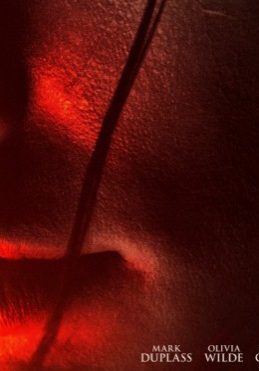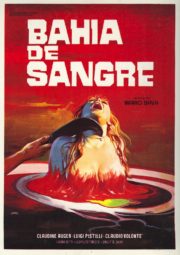Lazarus Effect: Unleashing Horror’s Resurrection
“Do you ever feel like there’s something inside of you, just waiting to get out?”
In David Gelb’s 2015 horror film, The Lazarus Effect, a group of researchers discovers a serum capable of bringing the dead back to life. As they start experimenting, the boundaries between life and death blur, leading to unexpected and increasingly terrifying consequences. Unfolding in a tightly confined laboratory setting, the film explores the myriad ways immortality can become a curse rather than a blessing.
Atmosphere and Tone
Sculpting Fear and Suspense:
The film crafts its horror atmosphere through a delicate balance of suspense and foreboding. Light and shadow here are instruments that Gelb uses with meticulous precision. Dimly lit rooms shrouded in gloom give off a tangible sense of danger, and the seemingly endless underground corridors instill a claustrophobic tension. Gelb builds this atmosphere patiently, gradually ramping up the dread without over-relying on jump scares.
Cinematography and Visuals
Visual Craftsmanship:
The cinematography of The Lazarus Effect deserves commendation. The use of harsh, sterile lights within the lab contrasts with the pervasive darkness, visually reinforcing the film’s central conflict between scientific curiosity and unnatural horror. Camera angles often disorient viewers, heightening the sense of unpredictable threat looming around every corner.
Soundscape of Terror:
Sound plays a pivotal role in amplifying the film’s eerie atmosphere. The soundtrack, filled with ominous drones and unsettling silences, preys on viewers’ unease. Specific moments of chilling quiet, interrupted by sudden, piercing noises, are particularly effective in creating shocks. This auditory strategy is essential in sustaining the film’s tension, often making viewers squirm in their seats.
Performances and Characters
Acting Under Duress:
The ensemble cast, led by Mark Duplass and Olivia Wilde, delivers solid performances, even though their characters occasionally fall into genre stereotypes. Wilde, in particular, brings a chilling intensity to her role, seamlessly transitioning from a rational scientist to something far more terrifying. The cast’s ability to depict genuine fear and growing paranoia adds layers to the film’s horror, making the predicament all the more visceral.
Mechanics of Horror and Themes
Supernatural and Psychological Terror:
The Lazarus Effect delves deeply into both psychological and supernatural horrors. By exploring themes of resurrection and the unknown consequences of tampering with life and death, the film aligns itself with classic Frankensteinian horror. This duality provides a fresh twist, questioning the moral and ethical boundaries of scientific exploration.
Techniques to Frighten:
The film employs a mix of psychological scares and body horror. Transformations that characters undergo are grotesque and shocking, playing on viewers’ fear of the unknown and the unnatural. However, while these techniques are executed well, the reliance on sudden shocks can sometimes feel formulaic rather than innovative.
Overall Effectiveness and Recommendations
Success as a Horror Film:
The Lazarus Effect is moderately effective in its attempts to frighten and provoke thought. It succeeds in creating a suffocating atmosphere and exploring intriguing themes related to life and death. However, it struggles with predictability and occasionally falters with character development.
Who Should Watch:
Horror aficionados may appreciate the film’s nods to scientific and supernatural horror, while casual viewers looking for a modest scare could find the narrative engaging. Those interested in ethical dilemmas enveloped in horror should find the film thought-provoking.
Comparisons:
Drawing comparisons with other works, The Lazarus Effect shares thematic similarities with movies like Flatliners and Pet Sematary, examining resurrection’s darker sides but within a modern laboratory setting rather than more traditional horror venues.
Conclusion
Final Assessment:
Overall, The Lazarus Effect is a decent entry in the horror genre, hampered by some predictability but bolstered by strong visual and sound design, as well as solid performances. It offers a satisfactory mix of psychological and supernatural horror and is likely to appeal to both dedicated fans and casual audiences. Viewer discretion is advised for those sensitive to intense suspense and graphic content.
“`




